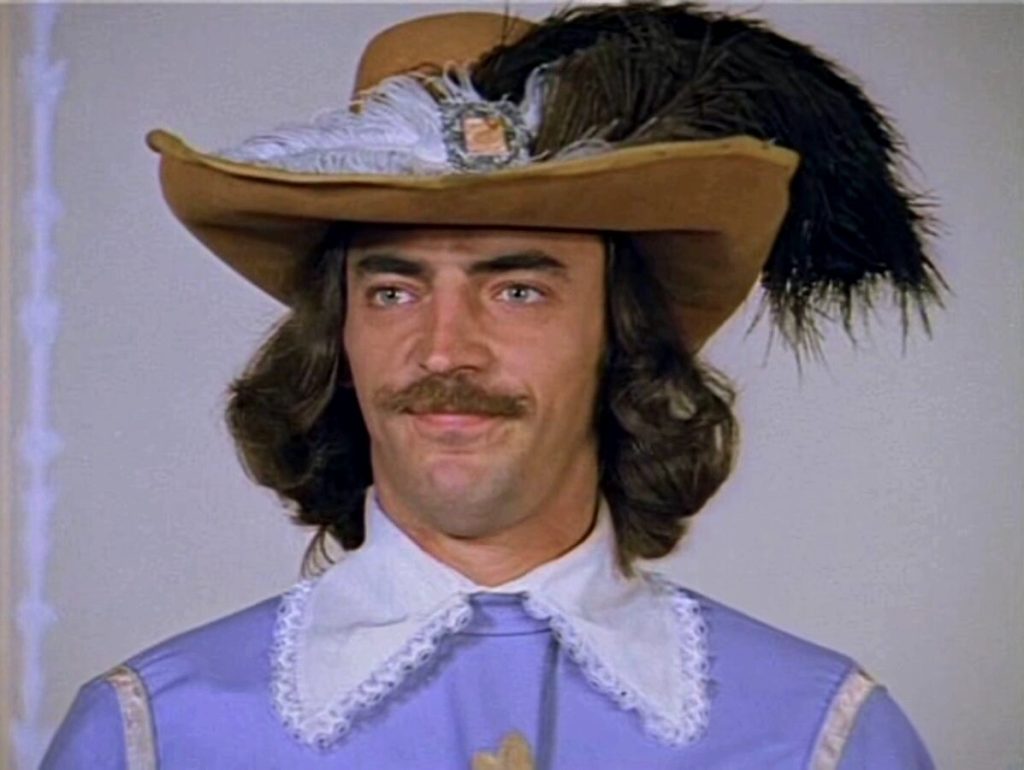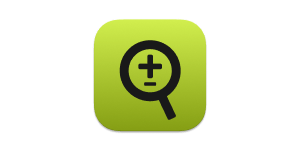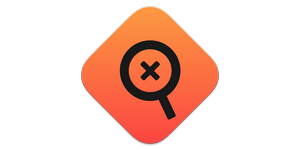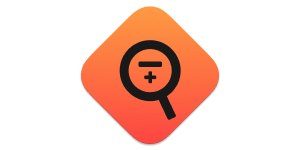"The Three Musketeers" is one of the most famous and beloved historical books by readers. We selected 5 facts from Dumas' novel and decided to check their accuracy.
The historical events of France in the 17th century are familiar to almost everyone in Russia - primarily from the novel by Alexandre Dumas "The Three Musketeers". However, Dumas did not invent his hero himself: almost 150 years before him, the story of the Gascon d’Artagnan was outlined in "Memoirs" Gacien de Courtille de Sandra. He claimed that he only brought the recordings of the real d'Artagnan into literary form. However, historians insist that no genuine memoirs ever existed, it was only Courtille’s rich imagination, to which Dumas later added his own.
1. Is it true that d'Artagnan really existed?
It depends which way you look at it. The hero actually had a real prototype - a Gascon who for some time served in a company of royal musketeers. But that's where the similarities end.
His full name is Charles Ogier de Batz de Castelmore. The surname “d’Artagnan” belonged to his mother and went back to an impoverished noble family, which is why the musketeer took it when he arrived in Paris.
As for those amazing adventures that Dumas attributed to this hero, as it turned out, no matter how much he wanted, he could not take part in them. Because I was still a teenager at that time.
French scientist, researcher specializing in the history of the 17th century, author of the book “The True D’Artagnan” Jean-Christian Petifis writes: “We should immediately stop believing in those picturesque adventures attributed to him by Dumas’s literary inspiration, which relate to the first half of the reign of Louis XIII. We are talking about the events related to the love of Anne of Austria for the charming George Villiers, Duke of Buckingham, about the fight against the terrible Cardinal Richelieu, about the siege of La Rochelle... At the time when all these events unfolded, Charles de Batz was still a teenager who fought with neighboring boys, splashed through the puddles of Lupiac and ravaged bird nests in the forest.”

In Dumas, d’Artagnan’s military career was swift and brilliant, but in life, as tells Petifis, he managed to be both the courier of Cardinal Mazarin and the jailer of the Minister of Finance Fouquet - although the positions were high and brought our hero fame and the trust of those in power, they were not very honorable and not at all as well paid as the former musketeer could have hoped. He was also the governor of Lille - the very city where the executioner lived who executed Milady in Dumas' book.
However, at the end of his life, in 1672, d’Artagnan returned to full military service and took part in the siege of Maastricht. There he receives the position of field marshal (something like a lieutenant general, and not a marshal of France, like Dumas) - and meets a heroic death.

Mostly true
2. Is it true that Anne of Austria had an affair with the Duke of Buckingham?
Here historians and contemporaries are quite unanimous: yes, it was. About this tells close friend of Anne of Austria, philosopher La Rochefoucauld in his “Memoirs”. The story of the diamond pendants that the queen so carelessly gave to the duke also appears there for the first time. True, unlike Dumas’s novel, it was not Milady who kidnapped them at the cardinal’s request, but the duke’s abandoned mistress. Mentions about this story in the memoirs of the Queen's valet La Porte.
The Duke of Buckingham, according to contemporaries, for example, the same La Rochefoucauld, was a very attractive man. The Queen was unhappy in her marriage, so it is not surprising that when they met, a connection arose between them.

Of course, their romance did not go beyond letters and brief chance meetings, since Anna of Austria was accompanied by a retinue almost all the time.
However, despite agreement on the existence of a romantic relationship between the queen and the duke, contemporaries differ in their memoirs regarding its details. In the study, published University of Chicago, compares versions of the same meeting between Anne of Austria and Buckingham. Thus, La Porte tells in his memoirs about a brief meeting of lovers in the gardens of Amiens, and La Rochefoucauld, mentioning this meeting, already transfers it to the queen’s chambers. And if the first version of the story can be considered quite innocent, then welcoming a stranger into the chambers is indeed treason against the king.
Historian Sergei Nechaev, author of the book “The Three D'Artagnans”, calls The Duke's falling in love with the Queen was one of the reasons for the war between France and England; Buckingham allegedly stated that if France did not want to accept him as a peace envoy, he would enter it as a conqueror - including to see the Queen. It is worth noting that Buckingham had exceptional influence at the English court, so he could well have initiated a military conflict for his own purposes. Although, of course, it is doubtful that he was guided by feelings alone.

Is it true
3. Is it true that Cardinal Richelieu was in love with Anne of Austria?
Historian, Head of the Laboratory of Historical and Cultural Research STEPS RANEPA Maria Neklyudova in full rejects this version.
The story of a cardinal falling in love with the queen for the first time meets at La Rochefoucauld. Let us repeat that it was he who told about the story of the diamond pendants that were stolen from the Duke of Buckingham, allegedly at the instigation of the cardinal. However, historians believe that if Richelieu was the initiator of this intrigue, the reason was not the offended pride of the rejected lover, but a political motive: the cardinal feared that the queen would conspire against France with the Duke of Buckingham. This version, for example, adheres to German historian and publicist Uwe Schultz, author of books about historical figures of that era, including a detailed biography of Cardinal Richelieu.

In addition, contemporaries noted that the cardinal was not at all distinguished by excellent health, so most likely Richelieu had no time for claims to the role of the queen’s lover.
In addition, La Rochefoucauld had a deep personal dislike for the cardinal, so historians suggest not trusting his words 100%, since he could easily have made up this story in order to whitewash the queen and, on the contrary, put the cardinal in a bad light.

Not true
4. Is it true that there was enmity between the king’s musketeers and the cardinal’s guards?
For the first time, a version of the unabated enmity between the king’s musketeers and the cardinal’s guards is found in the “Memoirs” of Gacien de Courtille de Sandre. D'Artagnan in Courtille's book himself tells about this enmity: “there was such jealousy between the company of musketeers and the company of guards of Cardinal de Richelieu that they fought hand-to-hand every day.”
Jean-Christian Petifis too believesthat there was rivalry and hostility between the guards and the musketeers, sometimes leading to bloody skirmishes in the evenings when the military watched for each other on the dark streets of Paris.
Historian Sergei Nechaev, however, puts this version is questionable, since, in his opinion, the king and the cardinal constituted an ideal example of dual power, there was no enmity between them, and therefore there were no reasons for hostility among their troops. Neither the king nor the cardinal would simply allow their military to seriously quarrel. Moreover, both the guards and the musketeers were, in fact, guards - with similar functions, responsibilities and even uniforms. There were frequent cases of nobles transferring from guards to musketeers and back. They had no serious reasons for hostility.
Nevertheless, Nechaev notes that there was still rivalry - to the extent that it happens in any army between representatives of different branches of the military.

Mostly not true
5. Is it true that Cardinal Richelieu personally commanded the army?
Historians claim, that for a clergyman at that time commanding troops was not something exceptional. However, during the siege of La Rochelle, the king not only entrusted the cardinal with leading one of the military units, but gave him complete command. Historian Maria Neklyudova notes, that as a spiritual person, Richelieu could not personally participate in the battle and kill people. Nevertheless, he was a talented commander and made strategic decisions - and this did not at all contradict his clergy. Although this required permission from the Vatican.

In the case of La Rochelle, the cardinal had to lead the troops also because the fortress was occupied by the Huguenots, the French who professed Protestantism. The king did not want to look like he was oppressing his subjects, but from the side of the Catholic cardinal, the siege of the fortress looked quite appropriate, notes Neklyudova.

Is it true
Read on the topic:
- D'Artagnan and the three louis d'or: how much did the musketeers earn and spend?
- Is it true that Dumas the Father is Pushkin who faked his death?
If you find a spelling or grammatical error, please let us know by highlighting the error text and clicking Ctrl+Enter.






